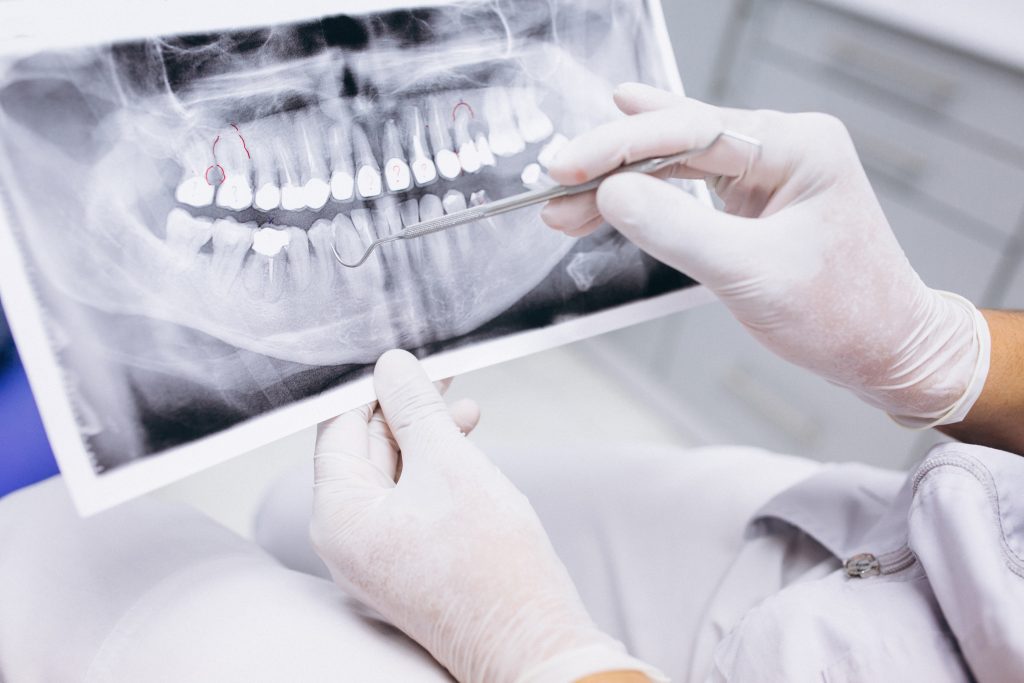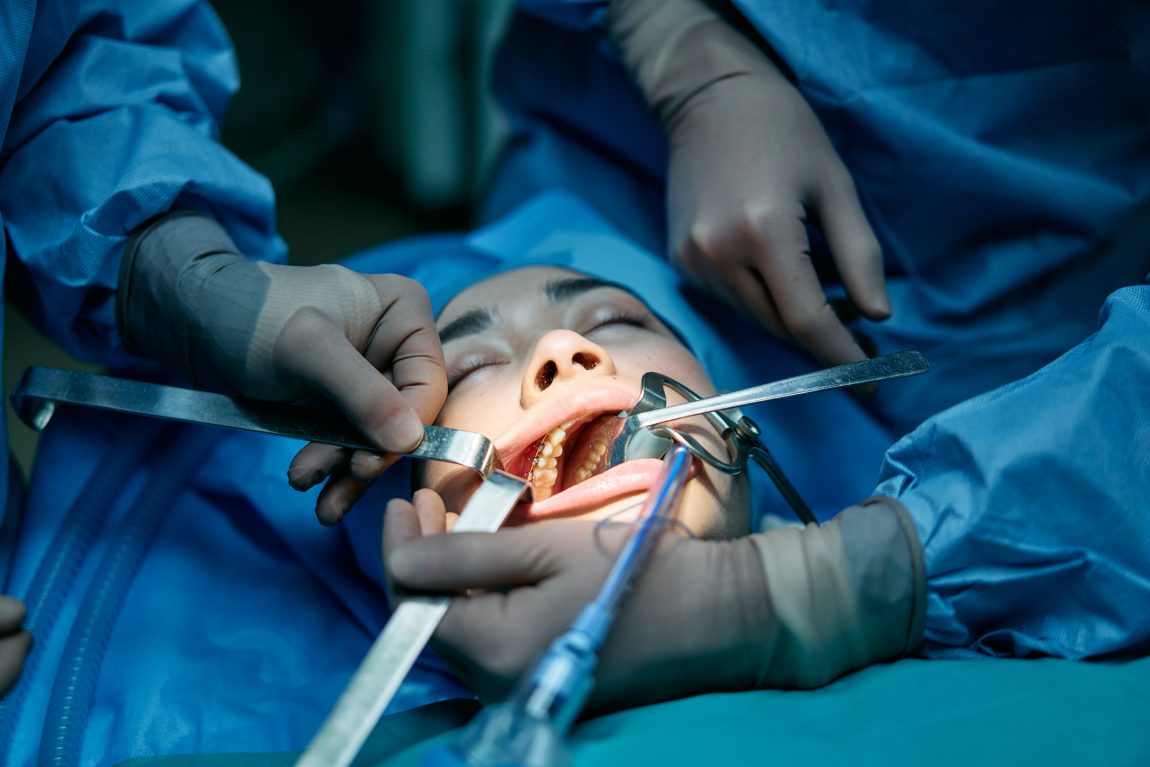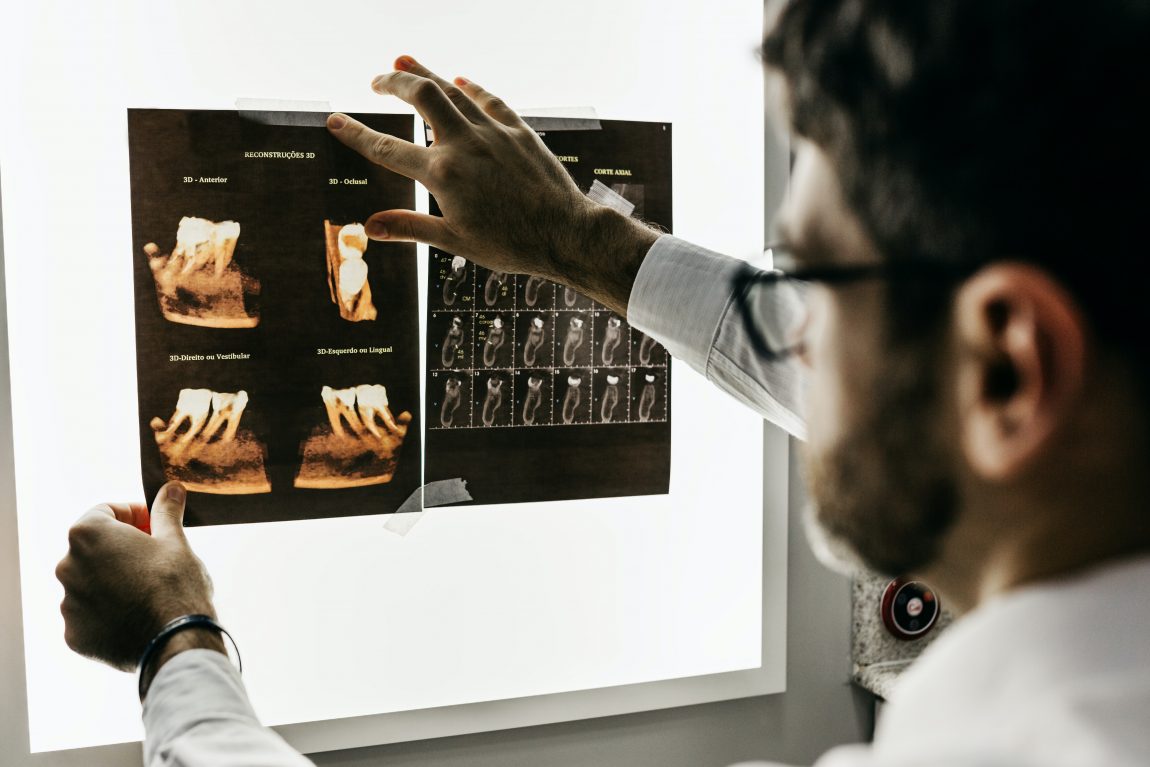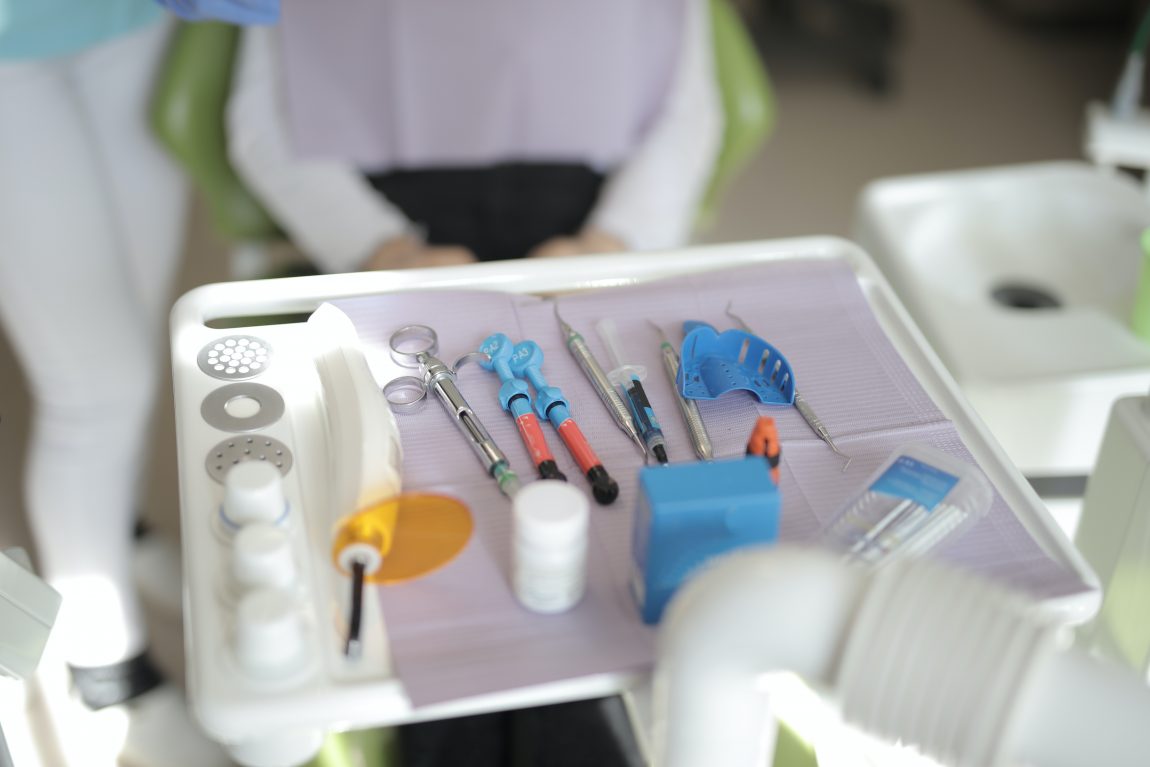A human jaw is a pivotal tool for a person. We use it to bite and chew, helping people to more easily consume our food. Personal oral hygiene and regular dental maintenance always aim to preserve teeth at their optimal health. But certain factors, unfortunately, are not enough for all teeth to stay fully healthy at all times. Certain situations require teeth to be extracted.
Many patients who get informed about needing a tooth extraction, not having ever been through one, go through a lot of anxiety and uncertainty about the process. After all, the process involves the removal of a tooth from its socket off the jaw bone. This may seem daunting, but in reality, tooth extraction is a very common dental procedure.
The best way to remove a lot of the anxiety and stress is to simply stay informed. The more patients know about tooth extraction, the more comfortable they can feel about the process. Let’s discuss the reasons, preparation, the extraction procedure itself, the post-procedure factors, and the general cost of it happening.
Reasons For Tooth Removal

X-ray of teeth
There is a variety of reasons why your dentist may recommend that you have a tooth extracted.
● If you experienced an injury to your jaw or some form of trauma that necessitates a tooth be removed.
● If your teeth or gums become infected, or tooth decay spreads enough to become a concern for your teeth.
● For children, sometimes baby teeth do not come out fast enough, and the adult teeth are pushing through, meaning that the baby teeth need to be removed out of their way in order to preserve a naturally growing smile.
● Some people have a small mouth and the number of teeth makes it feel crowded. This also applies to orthodontic procedures where braces need to go on to push teeth together, but the space to do so can only be achieved through tooth extraction.
● Wisdom teeth, an evolutionary anomaly, are something about our physiology that we no longer need. They come in really far at the end of jaws and can become problematic. These third molars are often extracted before they have a chance to come out fully.
How To Prepare For A Tooth Extraction
You will never come into a dentist’s office, be told the tooth is coming out, and have it extracted without adequate preparation.
Medical History
The dentist will carefully review your X-rays, as well as your dental and medical history, to figure out the best way to remove your tooth. Depending on the situation, you may be referred to an oral surgeon. Because tooth extraction will involve blood, there is a risk of bacterial infection into the gum. A person with an increased risk of such a condition will require some further evaluation before the procedure is performed.
It is important to state any chronic conditions one may currently have, or perhaps has experienced in the past including various heart ailments, artificial joint replacements, history of bacterial infections, or any immunocompromising disorders.
Current Medications And Supplements
Tooth extraction will require anesthesia, which can interact with particular medications. Therefore, the dentist will need to carefully verify that none of the medications you might be on currently will trigger a potentially hazardous conflict. If that is the situation, there will need to be alternative methods taken.
Anesthesia During Surgery
Anesthesia is used during tooth extraction in almost every case, but the type that is used varies based on the severity of the procedure. Simple extractions only require the application of a local anesthetic, but an extraction that requires a surgical procedure will typically require that an intravenous anesthetic be administered.
The latter could either be a form of conscious sedation or a general anesthetic that will put a patient to sleep during the procedure. In the case of more serious anesthetics, it is important to have a driver available to get the patient home as they will not be suitable to drive for at least a few hours after the procedure.
Tooth Extraction Procedure
 There are two types of tooth extraction procedures: simple and surgical. When a tooth is visible and easily accessible, a regular dentist can perform the procedure by numbing the nerves of the tooth and the gum surrounding the tooth area, then using an elevator the tooth is loosened, and eventually pulled out of the jaw bone socket by specialized dental forceps.
There are two types of tooth extraction procedures: simple and surgical. When a tooth is visible and easily accessible, a regular dentist can perform the procedure by numbing the nerves of the tooth and the gum surrounding the tooth area, then using an elevator the tooth is loosened, and eventually pulled out of the jaw bone socket by specialized dental forceps.
Broken, hard to access, or those teeth yet to protrude through the gumline, require a surgical procedure to be removed. While regular dentists can perform some of these procedures, patients usually get treated by an oral surgeon. In either case, the patient is given anesthesia and the operator makes a small incision into the gum around the tooth in question, using the cut to remove the tooth from the gum line.
Tooth Extraction Healing Stages And Aftercare
 The gum around the extracted tooth will bleed. This is normal, but the key with this open wound is to let the blood clot as quickly as possible. To help accomplish this, the dentist or surgeon will have the patient lightly bite down on a pack of sterile gauze on the affected area, and keeping it there for approximately a half-hour, until clotting can begin. The patient will also be given instructions about how to keep the area clean and what sort of tooth maintenance to do and not to do (including mouth rinsing, brushing, smoking, drinking acidic beverages, etc.) for 24 to 48 hours after the tooth extraction procedure.
The gum around the extracted tooth will bleed. This is normal, but the key with this open wound is to let the blood clot as quickly as possible. To help accomplish this, the dentist or surgeon will have the patient lightly bite down on a pack of sterile gauze on the affected area, and keeping it there for approximately a half-hour, until clotting can begin. The patient will also be given instructions about how to keep the area clean and what sort of tooth maintenance to do and not to do (including mouth rinsing, brushing, smoking, drinking acidic beverages, etc.) for 24 to 48 hours after the tooth extraction procedure.
Depending on the level of the procedure’s severity, once the anesthetic wears off, there is likely to be some degree of pain. The dental professional will either prescribe or recommend a particular pain killer. During this recovery period, it is advised to not drink through straws or to consume warm or hot beverages.
The recovery time for an extraction procedure can range from anywhere between 3 and 14 days. If the pain, any facial swelling, bleeding, or symptoms of infection like abscesses or fevers persist after 2 weeks, the patient must contact their dental professional quickly to receive further instructions.
Wisdom Tooth Extraction Cost
 One of the most common tooth extraction procedures is the removal of wisdom teeth, undergone by about 60% of teenagers and young adults. Wisdom teeth are molars that exist at the far ends of the gumline. Because most human mouths do not have sufficient room for these evolutionary relics to come out cleanly, they often need to be removed before they even protrude through the gum. Failure to do so in a needed situation can result in infection or an impacted tooth.
One of the most common tooth extraction procedures is the removal of wisdom teeth, undergone by about 60% of teenagers and young adults. Wisdom teeth are molars that exist at the far ends of the gumline. Because most human mouths do not have sufficient room for these evolutionary relics to come out cleanly, they often need to be removed before they even protrude through the gum. Failure to do so in a needed situation can result in infection or an impacted tooth.
Wisdom tooth extraction can vary based on whether the patient has dental insurance, as well as how many wisdom teeth are being removed, and what state they are in at the time of extraction. Insurance coverage tends to cover the great majority of the cost (up to as much as 80%), In the case of a simple wisdom tooth extraction procedure without insurance, each winsome tooth can run between $75 and $200, and between $300 and $1,000 when all four are being removed at once. Sometimes discounts are provided for one procedure or session to remove them all.
When the teeth are softly impacted, the removal per tooth will range between $225 and $600, with all four typically costing between $800 and $1,800. More serious cases such as bone-based impactions will cost between $250 and $500 per tooth or between $1,000 and $2,300 for the set of four.
Conclusions
We hope that this piece helped you be more prepared for the potential of tooth extraction. The procedure is extremely common, so the dental industry has long since mastered it. As a patient, you only need to make sure that you share adequate medical history with your dental professional, and follow their recommendations after the extraction.
People sometimes avoid a very necessary tooth extraction due to cost. Luckily, the cost of tooth extraction in Ukraine can prove to be much more affordable. The lower costs do not speak to the level of dental care quality in the least. The option of having the work done in Ukraine is simply a choice for more affordable access to the same procedure

